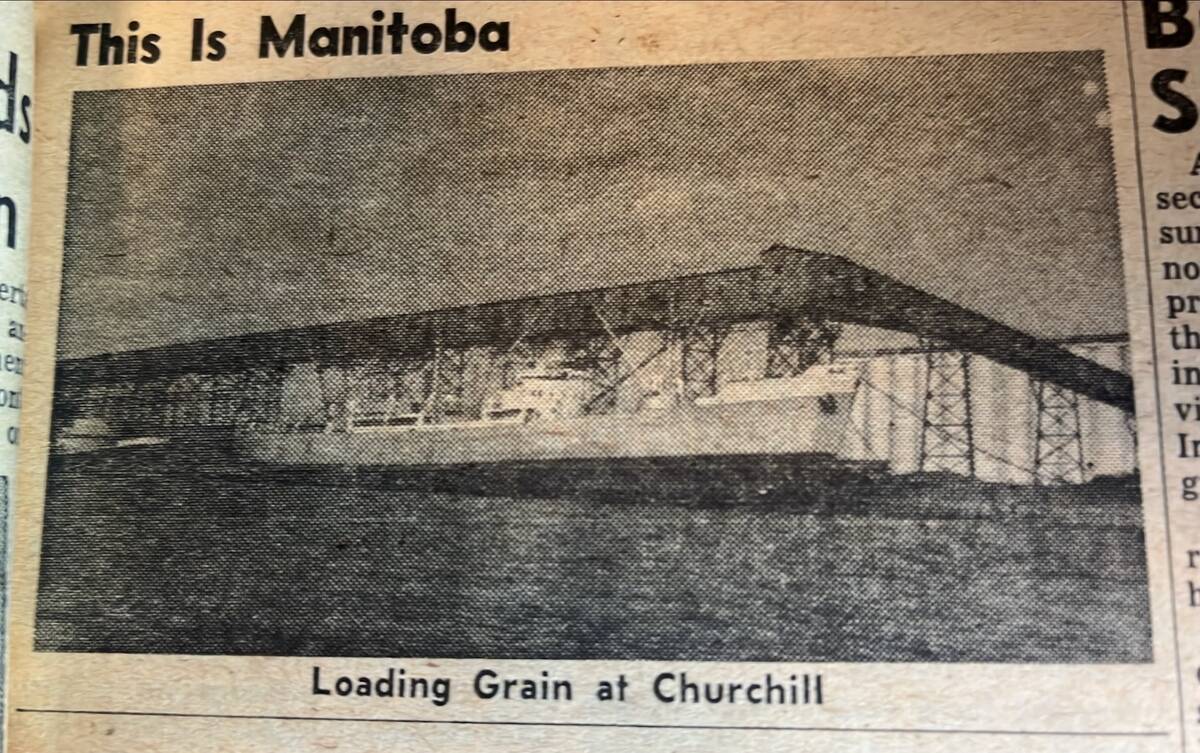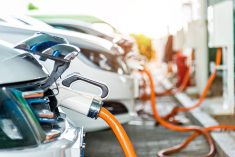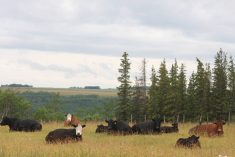North America’s meatpackers are not having a good time.
As our reporter Don Norman wrote in last week’s front-page story, there’s been a torrent of bad news from some of the biggest names in the business.
In early May, Reuters reported that U.S.-based Tyson Foods, the world’s second-largest producer of beef, pork and chicken, had rocked financial waters, posting a loss in its second quarter. The report also noted the company’s rare triple-whammy of financial trouble; it was struggling across beef, pork and chicken businesses.
Read Also

Calling all Co-operator readers
Hey farmers, we want to hear your Manitoba Co-operator stories: the articles that stuck out, the farm history you watched on our pages.
The only bigger name in meat, South America’s JBS, had its own bad news days later. The company posted a quarterly loss of US$290.2 million, Reuters reported May 11.
On this side of the Canada-U.S. border, Maple Leaf Foods posted a first quarter loss of $57.7 million in May. That follows a fourth-quarter loss of $41.5 million last year.
In April, Quebec’s Olymel announced the latest in a string of processing plants it intends to close. Around the same time, Manitoba’s own HyLife Foods announced it would sell its plant in Windom, Minnesota.
There are a few common themes among these stories. Feed prices make it more expensive to feed animals and animals themselves are pricier. Drought wrung out North American cattle numbers, leaving the U.S. with the smallest herd in more than half a century. Canada’s herd has, likewise, declined.
Other common threads include sliding demand and general inflation.
In other words, higher grocery bills are truly starting to bite into meat demand.
Food inflation has been leading the headlines for over half a year. If you look at Statistics Canada’s consumer price index records, average monthly inflation for store-bought food was almost seven times higher from May 2022 to April 2023 than in the same months in 2018-19, the year before the pandemic. Monthly inflation for meat is over seven times higher in the same comparison.
Right now, cattle prices are the highest in eight years, in no small part because of short supply, analysts said. But other than the cow-calf sector, which now has the growing season to offset feed prices, others in the value chain are hurting.
Canada’s feedlots are feeling the pinch despite animal prices. A recent Co-operator article quoted CanFax’s Brenna Grant, who noted that, in the current inflationary environment, Alberta feedlots would “need cattle prices to be 74 per cent higher than they are today” to make the same margins they did in 2015.
Recently reported processor troubles won’t help.
It obviously won’t be the first time that livestock producers have weathered market waves. Recent examples include plant closures during the pandemic that caused animal backlogs. I remember listening to beef and pork industry representatives in 2020, when the Canadian Pork Council estimated its members were losing $30 to $50 a head and the bottom had fallen out of weanling prices. In the beef sector, volatility led to set-aside programs.
Those same uncertain months propelled supply chain resiliency into the limelight. Maybe a resurgence in smaller processors to add diversity wouldn’t be a terrible thing.
It’s not so easy, of course. Among other things, economies of scale are very real and the financial times that stress bigger companies are often death blows for smaller businesses.
But perhaps it is time to consider whether there are emerging opportunities for local meat value chains.
Not everyone can direct-market their product. But local value chains have advantages. Their customers have already shown interest in local food. They might be more willing to absorb expense for the sake of product quality, keeping their money close to home or buying based on production practices they feel good about.
Also, since those brands are often based on a personal relationship, it might be harder to ‘fire’ their meat provider than to walk away from that steak in the grocery isle.
Policy decisions can help support a more robust local meat trade. Manitoba has made much of its protein strategy. Animal protein and animal protein processing are included in initial goal documents.
On a national scale, we need to reconsider regulations that keep meat trade locked within provincial borders unless it is processed at one of the few federally inspected facilities.
While the pandemic played havoc with value chains and contributed to inflation, it also emphasized that there is interest in locally produced food. The question is, how do producers take advantage of it?
















